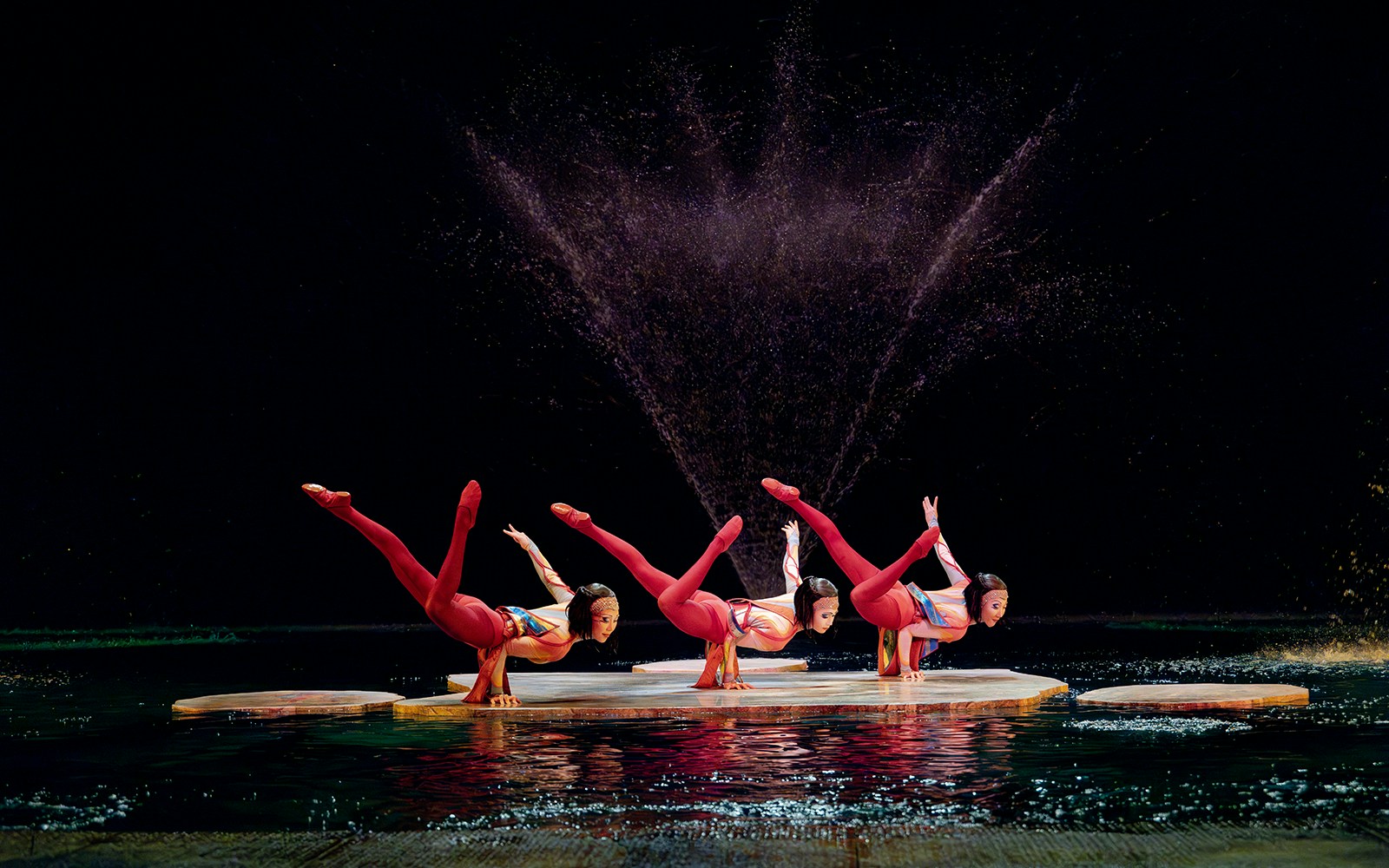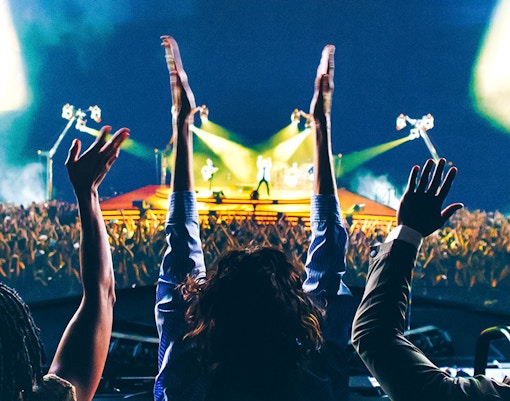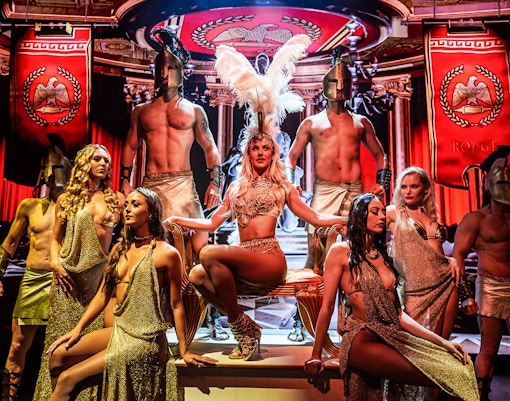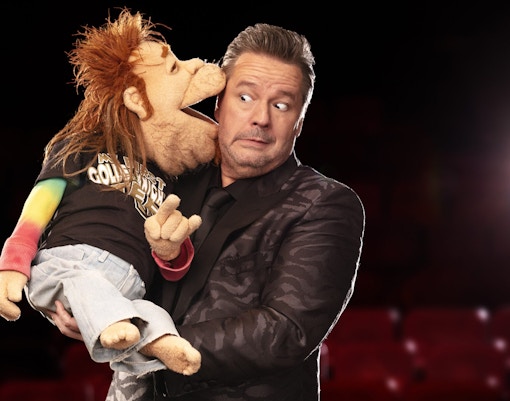Las Vegas circus shows feature athletes, dancers, acrobats, and speciality artists from more than 50 countries. Casting focuses on precision, discipline, and global techniques, creating a style that blends athleticism with stagecraft.
Iconic locations
Visit the glitziest venues on the Strip

Unmatched variety
Family-friendly to risqué, we have it all

Book and relax
Trusted by 41 million guests and counting

Exclusive deals & discounts
Save big on Vegas' best shows
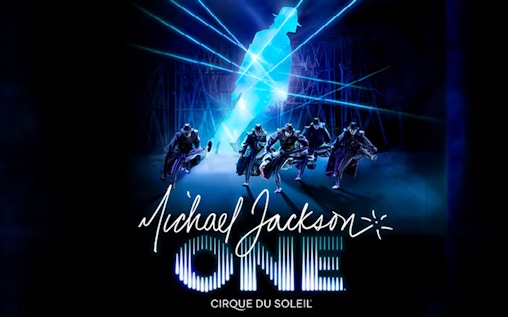
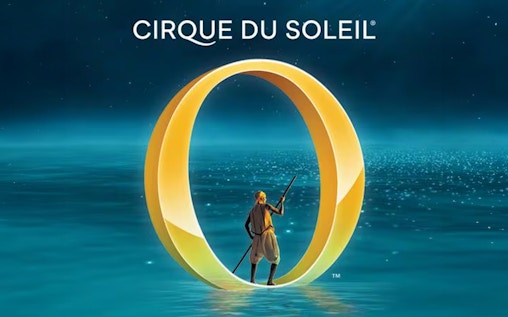
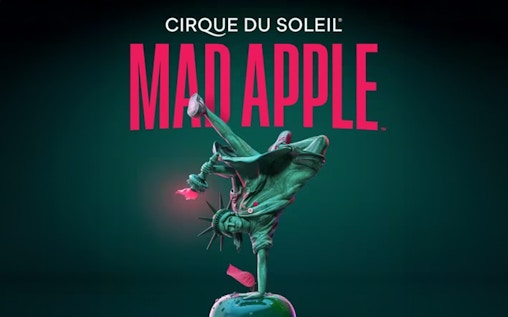
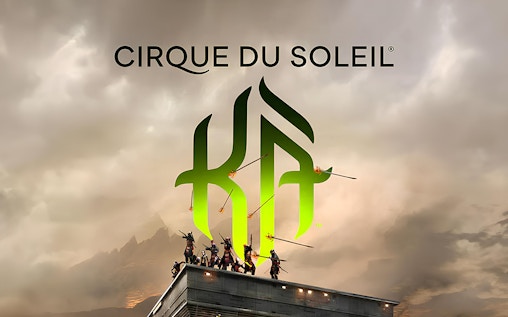
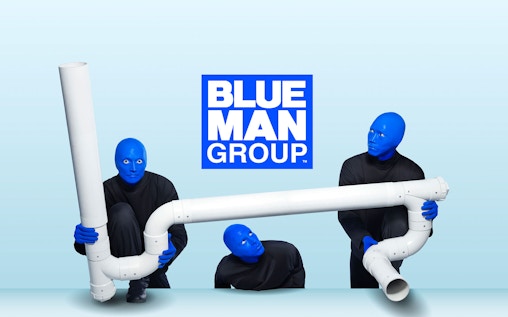
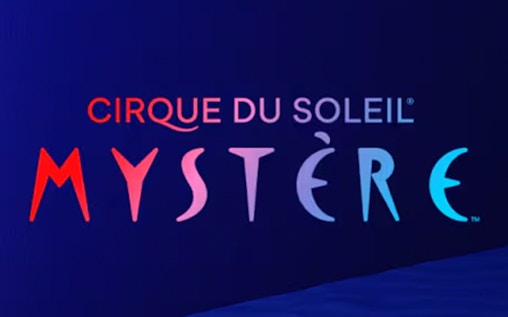

What to expect from Vegas circus shows
World-class performers from across the world
Types of circus shows in Las Vegas
Las Vegas circus shows blend global acrobatics, theatre, comedy, and high-tech staging. Here are the main styles you’ll find across the Strip:
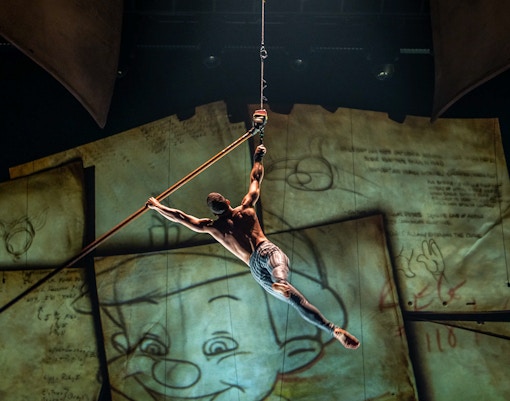
Acrobatic acts
Cirque du Soleil shows in Las Vegas lead this category with aerial harness acts, synchronised tumbling, water-based choreography, and large-scale set automation. These shows rely on precision movement and engineered staging to create seamless visual sequences.

Comedy-driven circus
Some Vegas circus shows combine physical comedy, percussion, and interactive moments. Productions like Blue Man Group use rhythm, visual gags, and audience reactions as part of the performance, making them accessible regardless of language.
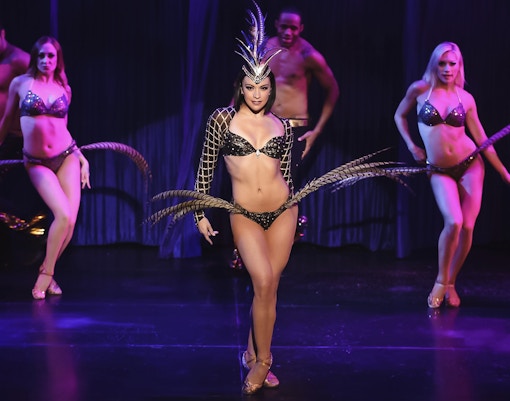
Variety and hybrid circus
This format blends juggling, dance, speciality acts, and live music under a single theme. The lineup changes pace quickly, ideal for viewers who enjoy a shifting mix of short, high-impact routines rather than a single narrative.

Contemporary circus
A few shows lean into modern storytelling, stylised movement, or dark comedy. These productions use unusual props, character-driven segments, and unconventional choreography to create a more experimental circus style.
Finding the right Vegas circus show for you
With so many options, finding the best circus shows in Vegas comes down to personal taste, budget, and the kind of night you want. Here are a few things to keep in mind when choosing your experience.
Budget & ticket pricing
From premium seats close to the stage in Cirque du Soleil Las Vegas productions to budget-friendly balcony views at WOW, there’s an option for every wallet.
Reviews & ratings
Shows like O and Mystère are long-running fan favorites, while Mad Apple and Absinthe bring buzz for their edgy energy.
Genre & theme
Pick from adventure-driven (KÀ), musical tributes (Michael Jackson ONE), water spectacles (O), or outrageous comedy-circus blends (Absinthe).
Suitability & audience type
Blue Man Group and Mystère are family-friendly, while Absinthe is strictly adults-only.
Longevity & reputation
O and Mystère have anchored the circus in Vegas for decades, while newer shows like Mad Apple showcase innovation and modern themes.
Choosing the best seats for Las Vegas circus shows
Seat location matters more in circus shows than in most other live formats, because the action moves across vertical and horizontal planes. Las Vegas circus shows use overhead rigs, elevated platforms, rotating stages, and deep-set performance zones. The right seat helps you follow aerial sequences, landings, facial details, and transitions that are easy to miss from the wrong angle.
Budget-friendly
Rear and upper seats offer full-stage visibility at a lower price point. They’re ideal for shows with large ensemble choreography, wide scenic builds, or long aerial arcs. While you’ll miss finer facial details, this section gives you a clear perspective on formations, synchronised sequences, and scenic transitions, making it a great value for large-scale circus productions.
Best views
Mid-theatre rows provide the best overall sightlines for Las Vegas circus shows. You can track aerial performers from takeoff to descent, follow ensemble patterns, and see both sides of rotating stages. These seats reduce neck strain during overhead sequences and offer enough distance for appreciating full-stage formations without feeling detached from the performers.
Immersive experience
Front-section seating places you closest to the stage deck and the main landing zones. You’ll see muscle detail, facial expressions, costume texture, and the exact technique used in balance acts. This area offers the most intensity during high-impact moments, but you may lose some perspective on wide formations or elevated rigs positioned further back.
Top stunts you can catch at a Cirque du Soleil show in Vegas
Gravity-defying flips
Several of Cirque du Soleil’s top productions include gravity-defying flips - whether they’re flying from a teeterboard, rotating their way into water, or making their way across a platform net.
Discover more
Frequently asked questions about Vegas circus shows
Top picks include Cirque du Soleil O, KÀ, Michael Jackson ONE, Mystère, and crowd-pleasers like Absinthe and Blue Man Group.
O and Mystère are perfect introductions to Cirque shows in Vegas, offering classic Cirque artistry with stunning visuals and accessible storytelling.
Aim for central orchestra or stalls seats in large theatres for balanced views, or close-up tables at smaller venues like Absinthe for maximum interaction.
Yes. Many productions offer same-day tickets online or at the box office, though premium Cirque du Soleil Las Vegas shows may sell out.
Look out for weekday performances, hotel packages, and seasonal offers. Booking online in advance often unlocks lower prices and better seat choices.
Choose balcony or rear mezzanine seats, book midweek, or select variety-style productions like WOW for budget-friendly pricing compared to flagship Cirque du Soleil shows.
Yes, many are. Mystère, Blue Man Group, and WOW are great for kids, while Absinthe and Mad Apple are strictly 18+.
The Bellagio (O), MGM Grand (KÀ), Mandalay Bay (Michael Jackson ONE), and Treasure Island (Mystère) are premier venues. Smaller spots like Caesars Palace host variety shows like Absinthe.
It's ideal to arrive at least half an hour before the show to ensure a smooth experience. We recommend reaching the venue at least an hour prior, to grab a meal and explore the property.
Both casual and formal attire are acceptable. However, many consider the atmosphere of the hosting hotel when choosing the outfit.
All Vegas shows typically run between 60-90 minutes, without intermission.
No, outside food and beverages are not permitted inside the performance area. Guests can purchase refreshments from the bars that service the theater or grab a meal before the show.
Yes, although using any type of recording device is not permitted during the performances. You can use the time before the show to capture the set and architecture.
Shows typically start on time and latecomers are allowed entry at the discretion of the hotel management.
The level varies, but viewers can expect to be splashed or misted with water during certain parts of the show. It's usually not enough to soak you, but you might get a bit damp.
Happy customers across 10,000+ experiences
5,000+ verified reviews with 90% excellent score
All the outdoor activities are 100% safe and secure
Have a question? Live chat with local experts anywhere, anytime

